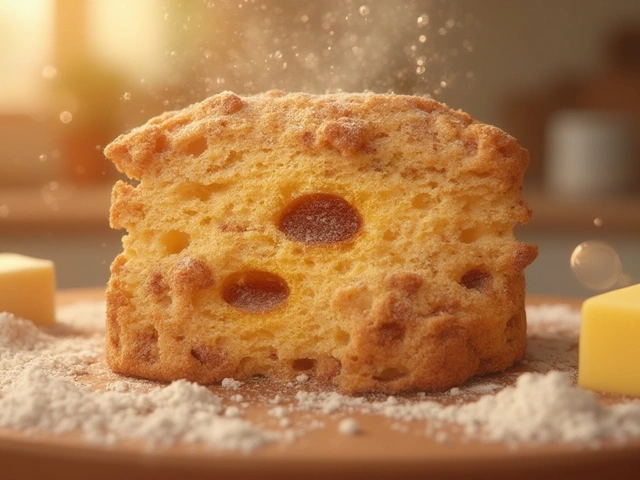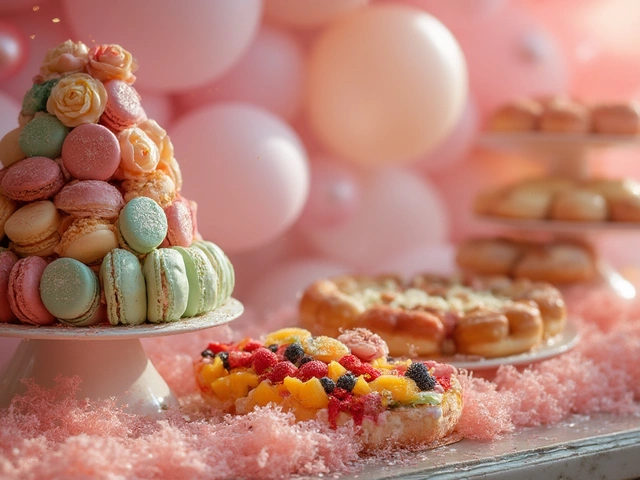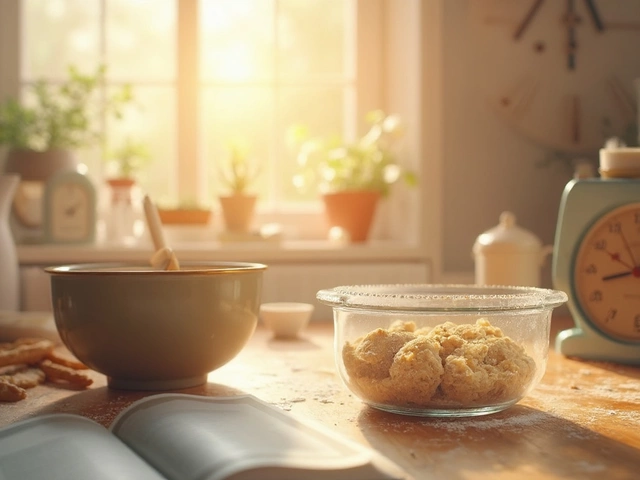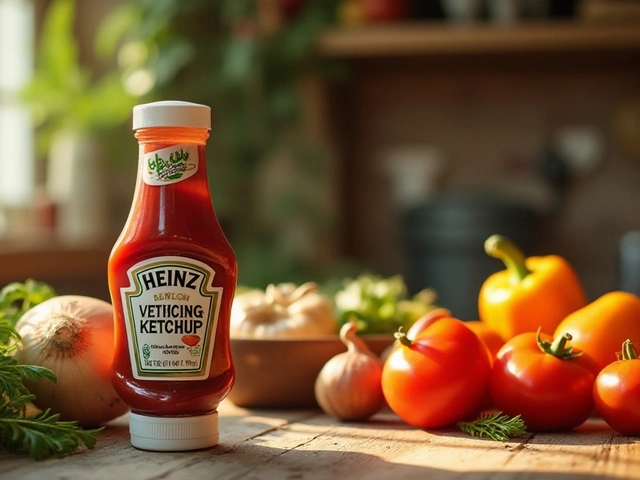Dessert Science: The Chemistry Behind Perfect Sweets
Ever wonder why a batch of fudge can be silky one day and grainy the next? Or why gluten‑free cakes sometimes sink like a stone? The answer lies in the science of desserts. Understanding a few key reactions can turn guesswork into reliable results, and the posts on this tag give you real‑world examples you can try right now.
Why Science Matters When You Bake
Every dessert is a tiny experiment. Heat changes sugar into caramel, proteins coagulate, and air bubbles expand. When you miss a temperature window—like the soft‑ball stage for fudge—you end up with a texture that’s off. Our Fudge Temperature Guide breaks down that exact range (232‑236°F) and tells you how to adjust for altitude. Knowing the exact point means you can hit creamy fudge every time without relying on luck.
Similarly, the structure of brownies depends on moisture and fat balance. The post How to Tell If Brownies Are Bad reminds you that stale brownies lose moisture, leading to a dry crumb. Storing them in an airtight container keeps that moisture locked in, preserving the gooey center you love.
Top Science‑Backed Tips From Our Posts
1. Control Crystallization in Fudge – Stir gently once you hit the soft‑ball stage. Over‑stirring creates tiny sugar crystals, making fudge grainy. Let it cool undisturbed for a few minutes, then stir just enough to set the texture.
2. Keep Gluten‑Free Cakes Light – Gluten provides structure; without it, cakes can become dense. Our Gluten‑Free Cakes Sink article suggests adding a little xanthan gum or extra leavening to mimic that stretch. Also, beat the batter just until combined; over‑mixing forces air out.
3. Egg Substitutes Matter in Cheesecake – Eggs bind and trap air. Skipping them, as explained in What Happens If You Skip Egg in Cheesecake?, can lead to a cracked top and a runny center. If you need an eggless version, use a 1:1 mix of silken tofu and a pinch of cornstarch to mimic the texture.
4. Preserve Flavor in Frozen Tiramisu – Freezing can turn the mascarpone grainy. The Can You Freeze Tiramisu? guide advises a quick chill, then wrap tightly in plastic before freezing. Thaw in the fridge, not the microwave, to keep the creamy mouthfeel.
5. Optimize Cookie Rise – Leavening agents react with moisture and heat. In Why Cookies Rise we learn that using the right butter temperature and chilling dough for 30 minutes gives a uniform rise and a chewy interior.
All these tricks share one common theme: precise control of temperature, moisture, and timing. When you treat baking like a science lab—measure, record, and adjust—you’ll see fewer disasters and more dessert victories.
Ready to put the science to work? Pick one of the posts above, try the tip, and notice the difference. Your next batch of fudge, cake, or cookie will thank you for the extra care. Happy baking, and enjoy the sweet side of chemistry!
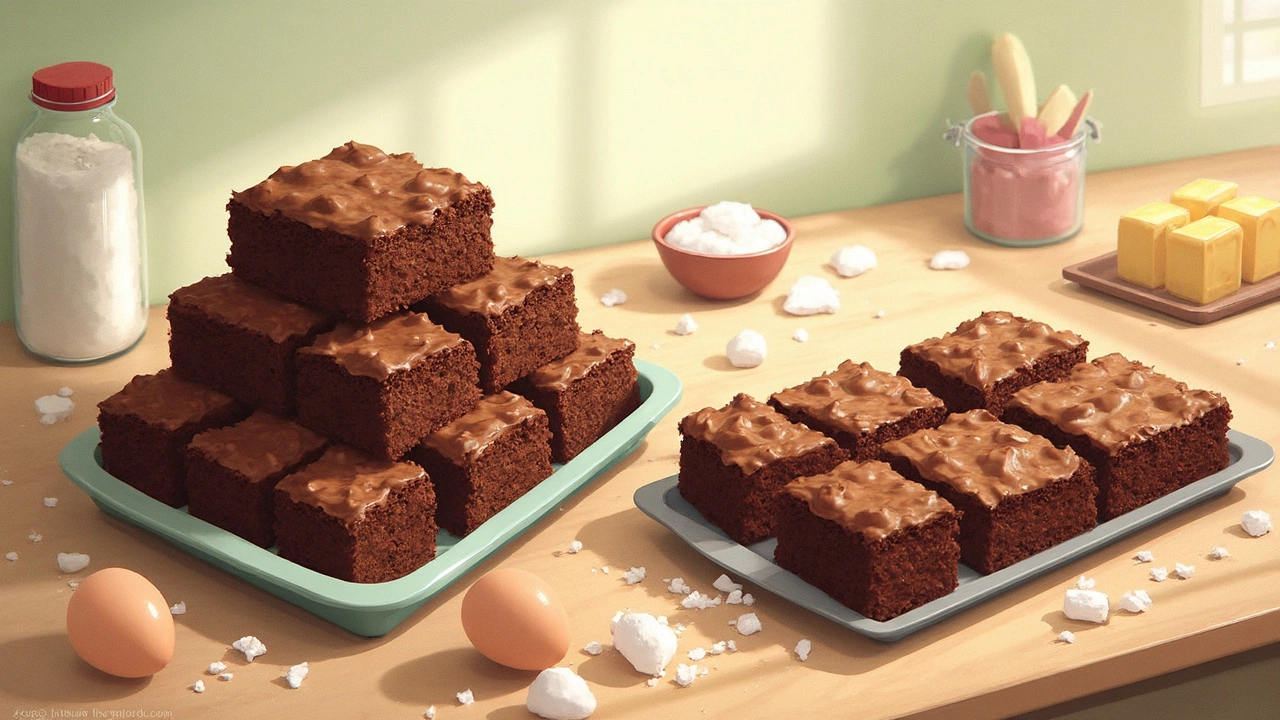
What Makes a Brownie Taste Like Cake?
Ever taken a bite of a brownie and wondered why it tastes more like cake than the super fudgy squares everyone raves about? This article breaks down exactly what sets cake-like brownies apart—from ingredient ratios to baking tricks. You’ll find out what causes that airy crumb, how to avoid making this 'mistake' if you want chewy brownies, and even how to fix your recipe if your brownies always end up fluffy. Plus, there are tips for playing with texture, so you get brownies just the way you like them.
View More
